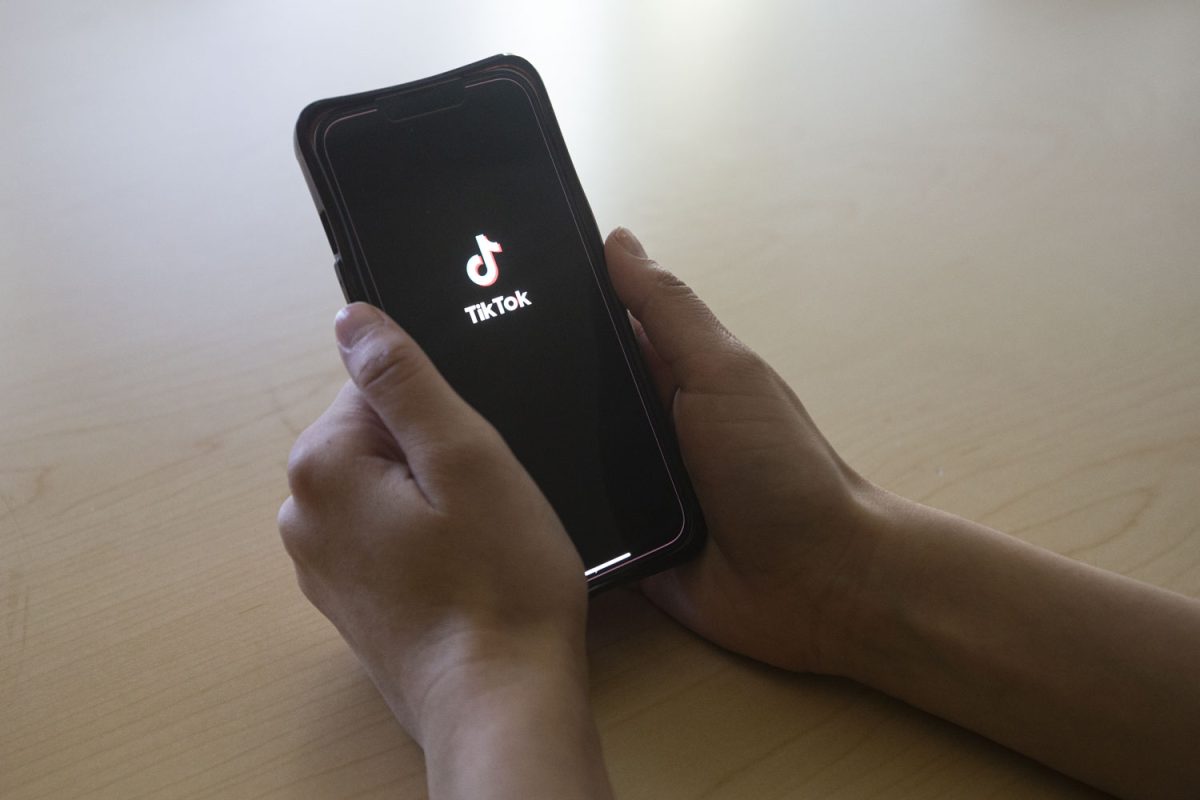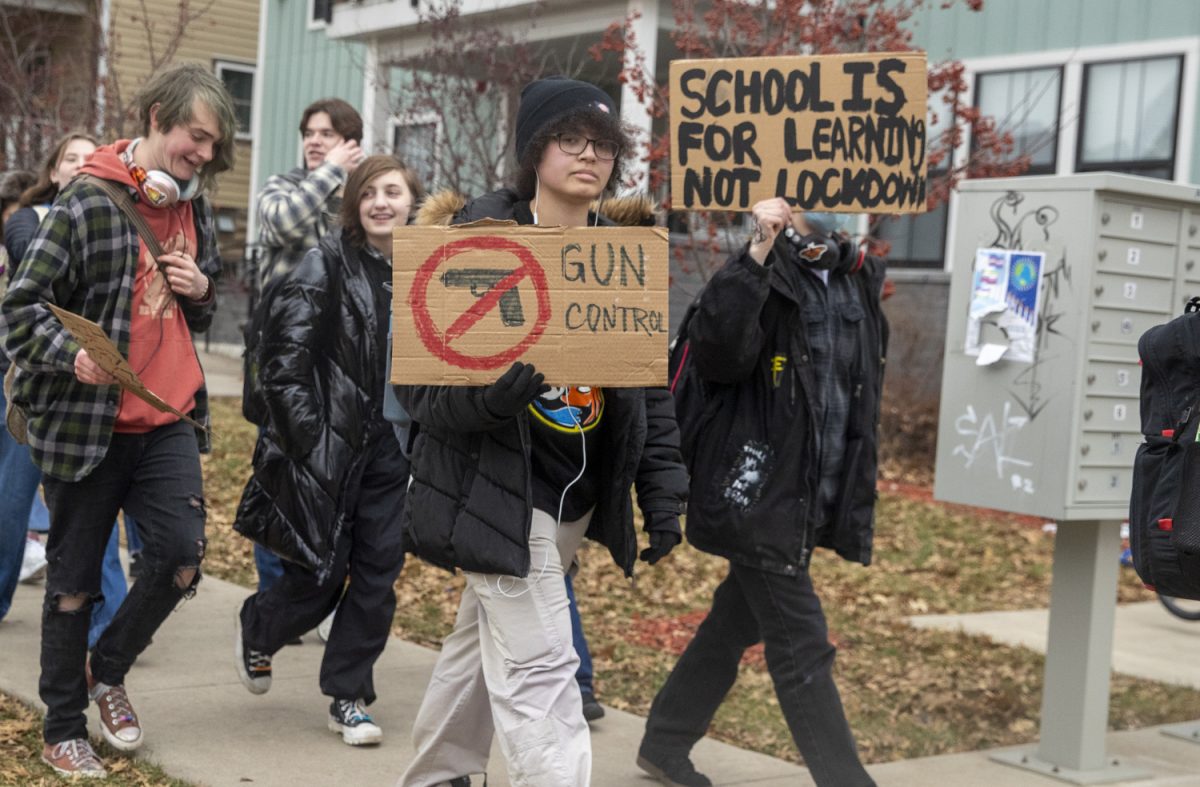Where money for Medicare comes from is often under scrutiny, but what about where it goes? An incentive program that began in 2011 through the Affordable Care Act is coming to an end, and it will hit the wallets of primary-care practitioners this year. Whether you’re for the expansion of Medicare and Medicaid or against, the ones who lose out from austerity measures are the doctors, nurses, surgeons, specialists, and their families.
The incentive program was created to address disparities in Medicare reimbursements between primary-care physicians (e.g., pediatricians, general practitioners) and specialists. It distributed some $664 million in bonuses in 2012, affecting around 170,000 practitioners with an award of around $4,000, according to a 2014 report by the Medicare Payment Advisory Commission. That $4,000 may not seem like a lot, but that’s money being directly withheld from hundreds of thousands of families across the United States. It’s also a sign of a trend that could unfold should the right steps not be taken.
In much of the developed world, a drastic shortage of health-care professionals is either projected or currently being felt. There are many reasons for this, but population growth is not one of them. In fact, it’s the longevity of the human being. The older humans get, the more health care they require. With so many people living so long thanks to medical technologies and innovations, health-care professionals are stretched very thin.
In the United States, the problem is projected to develop over the next decade. The Association of American Medical Colleges, seeing the demand for physicians far outpacing the supply, is calling for action now. Demand is estimated to grow 17 percent by 2025. Implementation of the Affordable Care Act accounts for around 2 percent of this growth, the rest being largely attributed to the aging populace. The demand will exceed supply by anywhere from 46,000 to 90,000 physicians. These numbers are just for standard practices. Shortages among specialty groups include between 23,000 and 31,000 surgical specialists.
One method to help curb the impending shortages is an increase in the use of patient-centered medical homes and accountable-care organizations, which concentrate patients making them easier to address. These strategies also use non-physician clinicians. Even with other methods, such as the implementation of advanced practice nurses, retail clinics and delayed physician retirement, the shortage scenario will persist in existence and severity.
Because it takes up to a decade to train a physician, problems facing us in 2025 have to be addressed now. Now is not the time to remove incentives in the field of health care. In fact, now may be the time to re-examine public health-care spending from the consumer perspective. Instead of slashing Medicare, Medicaid, and Obamacare, investments in the health-care professional system may be necessary to maximize the number of incoming doctors, nurses, and specialists. If the incentives are there, the numbers will rise.
The Daily Iowan Editorial Board believes that the health-care professional shortage should be addressed in a multifaceted way and that subsidized incentives are one positive approach to attract more of the workforce to the health-care profession.










